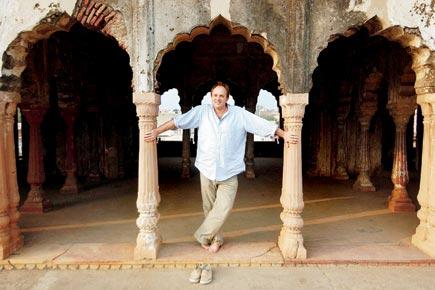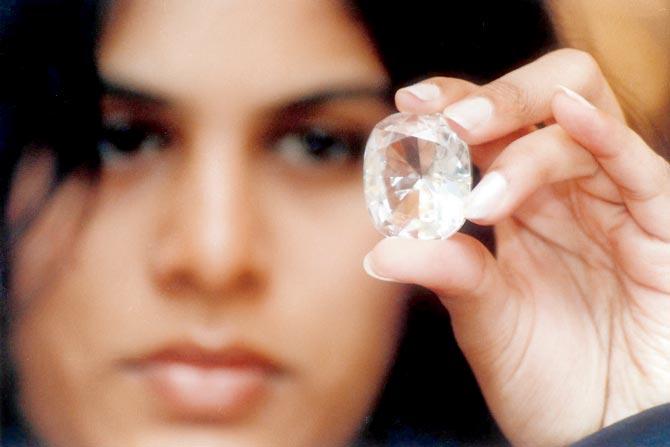Author William Dalrymple talks of his next book Koh-i-noor, and tells us that the diamond all Indians see as their own is a cause of much brutality


ADVERTISEMENT
"My book will complicate the perception Indians have of the Koh-i-noor. Yes, it was found in India, and now is in London. And, it is colonial loot. But, its story is much more complicated than that," says historian William Dalrymple whose next book Koh-i-nur, written along with British journalist Anita Anand, is about the diamond that just doesn’t stay out of the news.
“Most of the early history [of the diamond] is quite unsubstantiated,” says Dalrymple who has previously written City of Djinns and White Mughals, amongst many others. In fact, it was while researching Shah Shujah Durrani’s (ruler of the Durrani empire in present day Afghanistan from 1803-1809), that he discovered a few Persian manuscripts, which speak of the diamond and its travels. “It was during a conversation between me, Anita and Navtej Sarna (Indian diplomat, who is currently the Indian ambassador to the US), that we realised we all had different bits of the same history. Then I knew, this story needed to be told,” says Dalrymple, who will be speaking about the book at the Magnetic Fields arts and music festival in Alsisar, Rajasthan, this year, in a new element called Magnetic Words.
The Koh-i-noor, which has been a matter of pride for Indians who have always believed we should get it back, is allegedly believed to have come from the Kollur Mines in the Guntur District of Andhra Pradesh, during the reign of the 13th century Kakatiya dynasty. It then seems to have passed through the hands of Mughal rulers Alauddin Khilji, Babur, Humayun, Nader Shah and then Sikh leader Ranjit Singh, and finally the British and now rests on the crown of Queen Elizabeth II. “I am not making grand revelations, for instance saying that the stone is actually Japanese,” laughs Dalrymple, “but yes, it’s a substantially different history. For example, when Persian ruler Shah Shujah was blinded and imprisoned, he put the diamond in a crack in a prison in Afghanistan. That’s where it spent a whole year.”
When we point out that the diamond sort of sounds like the doomed ring in Lord Of the Rings, Dalrymple agrees. “Actually its story is a cross between Lord Of The Rings and Game of Thrones. It’s like the Iron Throne. Everybody who came in contact with it, suffered violently. There is a lot of blood and torture associated with it.” For example, Shah Shujah’s autobiography mentions that his son was tortured by Maharaja Ranjit Singh before he took away the diamond. Though, he says that does ensure that the book is a tight and taut read. “Most stories, like that of the Partition, can’t be told in 60,000 words. But this is a racy read,” says Dalrymple.

Right now, Dalrymple is readying for his talk at Magnetic Words, where he plans to talk about the contested history of greed, conquest, murder and appropriation spanning multiple continents over 150 years. He is also working on his next book about the East Indian Company and how it took over India. “It wasn’t the British government, but a private company, that took over. Then that ruthless and mercenary corporation almost bought over the British government.
When you know that, the whole history of 18th century India looks different, doesn’t it?” he signs off.
 Subscribe today by clicking the link and stay updated with the latest news!" Click here!
Subscribe today by clicking the link and stay updated with the latest news!" Click here!






